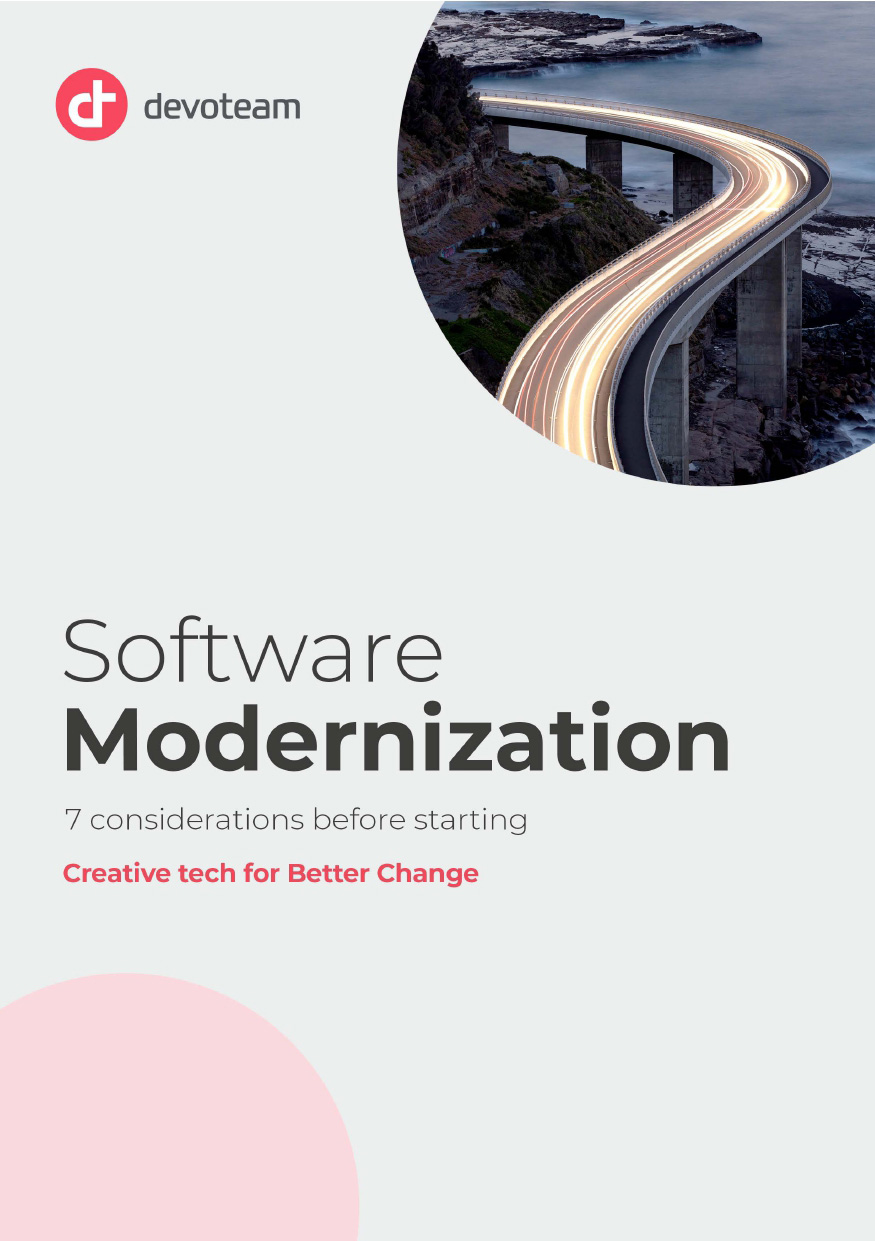What any large change in an IT landscape needs, is an architectural overview or blueprint, and an execution plan. Armed with knowledge of the existing landscape, a list of shortcomings, problems, and new requirements, we can make choices on what to change where, and how to perform these changes. But bear in mind, software modernization can be a long process, and it is really never done. Requirements from business change all the time, and external factors can shift rapidly. It is therefore important to be able to respond rapidly, all while not threatening business continuity. Architecture and realization should go hand in hand, with both being allowed to evolve during the modernization journey.
This is why an agile approach to software modernization is a must. Small iterations allow the business to profit from software modernization quickly, while enabling the IT department to rapidly respond to changing priorities and requirements. Modern project management tools like Atlassian JIRA or Azure DevOps can help in keeping track of work, and dividing work into manageable sprints. After each iteration, it is important to measure the effectiveness of that which has been realized during said iteration. Have the issues been resolved that were meant to be resolved by the tasks performed during this iteration? Has there been improvement in other areas, or have new issues been discovered? Using a capable work-tracking system can also help business stakeholders keep track of progress being made, while enabling them to raise issues quickly and to monitor resolution quality and speed.
